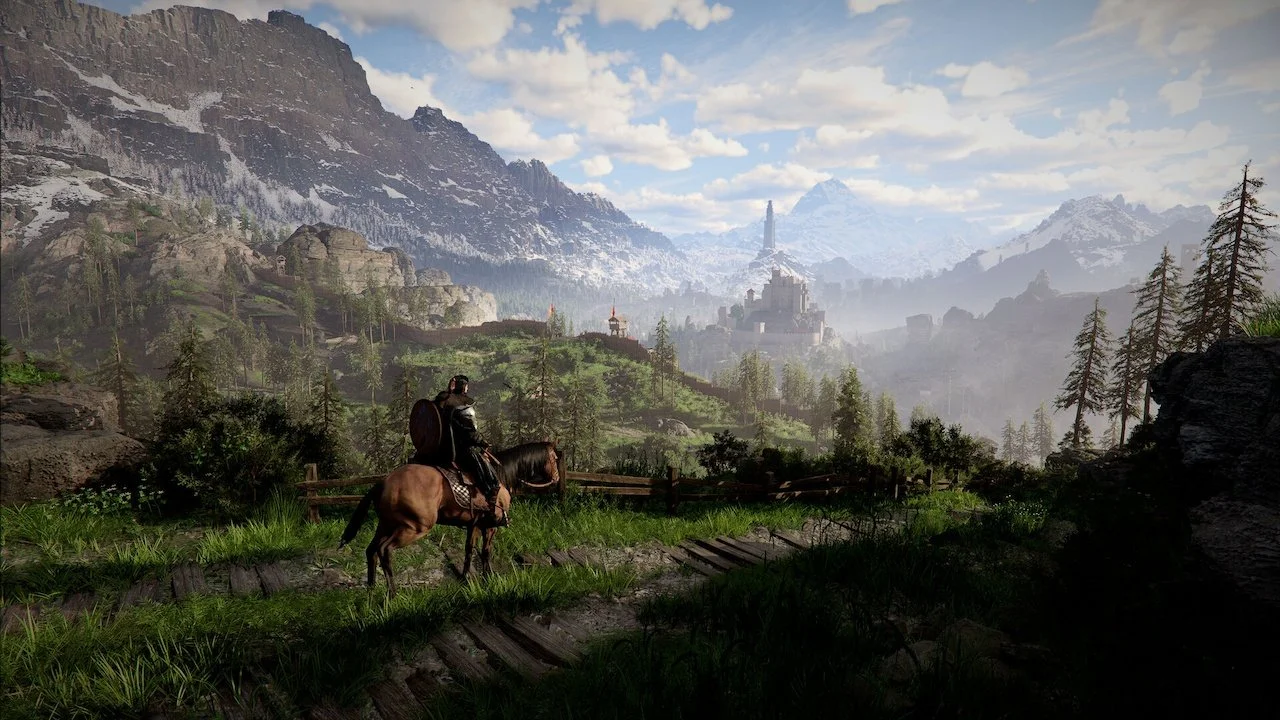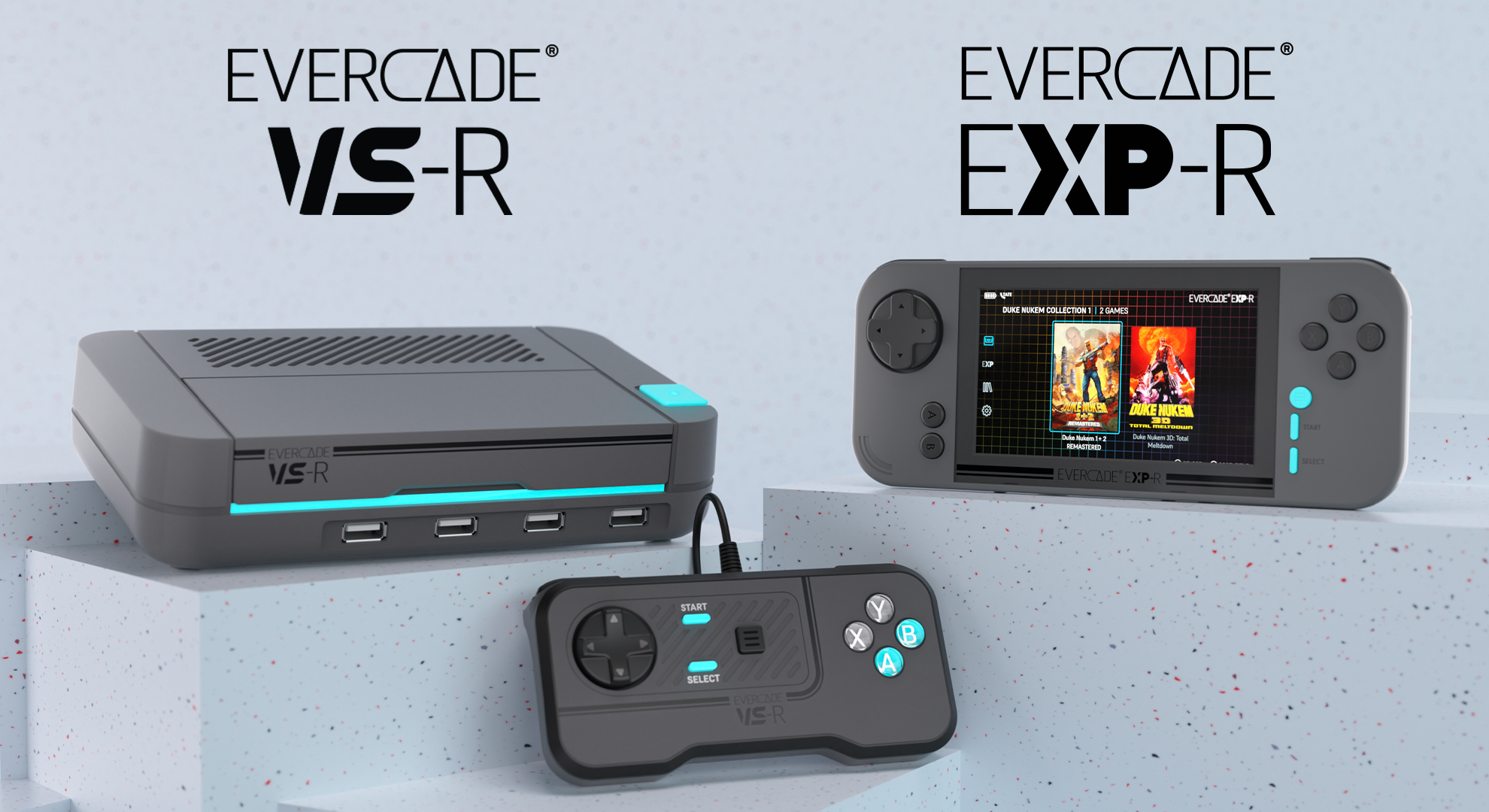Pipeline is an economy-based Eurogame, where engine-building and resource management are crucial in achieving victory. Designed by Ryan Courtney and illustrated by Ian O’Toole, the cunning tabletop game requires a sharp mind to create a functional system of oil refinement, delivery, and sales. And you also have to untangle the spatial puzzle of building pipelines for that purpose.
Two to four players will spend around two hours competing for the most lucrative contracts, the best refinement networks, and the best pipes. And all of it will culminate in three years of work and one big payday.
How much money you make will depend on your ability to navigate the complex system of privatized oil.
If you’re unfamiliar with Euro-style board games, then follow along as we explore the intricate nature of Pipeline. And if you’ve played games in this tabletop genre before, then sit back and enjoy the ride as we examine the strengths of Ryan Courtney’s pipe-full and strategy-heavy game.
STORY
The refinement of oil has long been part of the government-controlled energy sector. Amassed with an incredibly complex and inefficient system of refineries, the government has felt the severe pressures of worldwide demand and the ever-increasing global standards for refinement. Unable to keep up with demand, the government has only one option: privatizing the oil industry.
And what does privatized oil look like?
Does that not look like anything to you? It’s okay! It didn’t really look recognizable or understandable to me at first glance. But if it was easy, everyone would be an oil tycoon, right? We’d all be billionaires bathing in petrol.
It’s not for the faint of heart. You have to take crude oil and refine it. To low-grade oil. To mid-grade oil. Even to high-grade oil. You have to build tanks and machines. You have to construct personal networks of pipes. It’s all very pipe-y, actually. And there’s money. Not a lot of it, unless you’re good at the game, but that’s beside the point. Money! Who doesn’t like money?
If you don’t, maybe it’s because you’ve never held a $500 cardboard token in your hand. It’s practically made of gold.
Pipeline is a game about who can manage their business the best, stay out of debt, and create a sustainable system of oil refinement that can deliver on contracts, orders, and the government’s needs.
And if you can’t make it, maybe you’re not cut out for this cutthroat venture.
GAMEPLAY
In a game of Pipeline, players will control an oil business and must build a pipeline network to refine crude and other grades of oil. Upgrade your business, automate your production, agree to and complete contracts, fulfill orders, and grow your company.
All of this will take place over three years. Each year is divided into smaller turns. Eight turns in the first year, six in the second, and four in the third. So there are eighteen turns in the game, and you will progress from slow growth to more moderate or fast refinement and sales, depending on how well you manage your business.
And that’s harder than it sounds. Don’t believe me? Just look at the board below.
Ignore, for a moment, the beautiful design. The startling color contrasts, the clean graphic design, and the stellar look of the board splayed out on a surface. Ignore all that. If you can. It’s hard for me to, so I understand if you still drool over Ian O’Toole’s work.
Back to the “it’s harder than it sounds” part. I love strategy games. Adore them. A 12-hour session of Twilight Imperium or Forbidden Stars is just a fantastic Saturday for me. Or two straight games of Star Wars: Rebellion. Anything like that. I’m down. Sign me up.
I’m fine with a bunch of moving parts and complex strategies.
This is a different beast for me, though. There are probably a ton of gamers out there who aren’t even slightly intimidated by Pipeline or other Eurogames. It’s just not my normal game, so there are mechanics that I’m not used to and interwoven systems of which I haven’t fully realized the potential.
You need a sense of economics. You need spatial awareness. You need business smarts.
Thankfully, even if you’re not up to snuff on all of these skills, Pipeline is still a lot of fun. Not to mention beautiful to look at.
I’m getting distracted again.
Three years, eighteen turns, and a lot of decisions to make. Pipeline is a worker-placement game where every location is open to everyone, but the costs associated with that location will go up as players take away the cheaper options. And so whoever goes to an action space on the board will get the first pick of the goods.
There are four central actions that involve Contracts & Loans, Machines & Pipes, Tanks & Pipes, and Upgrades. And adjacent to these actions are four markets for players to utilize when buying and selling oil. Three Refined Markets and a Crude Market. Then there is the Government section, where you can buy pipes.
Or you can activate your personal network of pipes, running them to refine oil that you already have stored.
Pipeline is a game of questions.
Should I fulfill my Contract now or does it make more sense to sell my higher grades of oil for some cash and invest that in a larger, more efficient network? It will put off the Contract until later in the year and could risk losing it if I can’t get the oil ready for it before the end of the year. But it would push my business forward and make refinement and selling easier in the future.
Should I disrupt my large pipelines with Machines? It would ruin some of the connections I’ve created and would shorten the length of my pipelines, but I could get an additional refinement opportunity at the end of the Work phase.
Should I invest in one type of Upgrade all the way to the third tier or should I spread it out across different sectors? I could get three smaller benefits that help with varied components in my pipeline network or I could get some dramatic advantages in one specific area. It’s a hard choice.
Honestly, you probably won’t make the best choices in your first game. I certainly didn’t. I finished my first game with $360 in profit and was surprised that I had made that much. Even a little proud, given the ineptitude with which I fumbled through the game. But looking online, I was seeing posts from people that were collecting $1000 or more, and some that were striving to hit $2000. Those numbers were just insane to me.
Practice may not make perfect. But it does make progress. That’s what Pipeline will be for me. A game where I strive to make progress each new time I take it out of the box. How much more money can I make this time?
And it’s a visually dense game, at first. You’ll look at it and wonder what it all means. But by the time your first game is over, everything will be pretty clear. The pipes, machines, tanks, contracts, orders, markets, and all of the oil. You’ll be able to elucidate meaning from the board.
You’ll start will 5 tank tiles and $40. And you’ll grow into something much bigger. Hopefully. Unless you're saddled with a bunch of Penalties that will wipe away some of your profit in the end.
That end will come when players have taken their fourth turn at the end of the third year. Contracts are assessed. Surplus oil will be sold. Pipelines will be awarded bonuses. Valuations will be considered and added to the total. Penalties will be subtracted. And then you’ll have monetary totals for all players.
One oil tycoon will rule them all.
Pipeline is a game in which you will strive to improve every session. Some may not like that. They may want a game where they can be great from the beginning, without any of the work. Business is work, though. So I don’t mind having to learn the ropes and figure out how to become more efficient.
I’m excited to keep trying. One day I’ll make over $1000. One day.
VISUALS
I have no criticisms of the graphic design and visual presentation in Pipeline. It’s an oil-slick-looking Eurogame. It’s a beautiful board game. The silver, teal, and orange pipes jump off the white background. It looks like a sexy science presentation that I don’t understand and don’t have to.
Pipeline looks lovely on the table. When you’ve got the board set up with the pipes laid out and the other components neatly organized, it’s just nice to look at.
Capstone Games did decide upon one of my least favorite box design choices, however. While they provided enough baggies to hold all of the individual pieces nicely, they resorted to sticking a cheap cardboard insert with a center tray that holds nothing well and everything terribly. My fix for it? Leave it out until the end, and store the board with all the baggies underneath. Then leave all the cardboard pipe tokens in the cardboard tray and nestle that on top of the rest with the rulebook and player boards up top. It’s not the most elegant solution, but it’s more organized than it would be if you kept the cardboard insert in there normally.
That’s just something that irks me, though. And maybe some of you. But it’s not really anything to hold against Capstone Games or Pipeline.
Because, at the end of the day, Ian O’Toole did a fabulous job illustrating the game, and that’s what really deserves mention. Well done, my man.
REPLAYABILITY
So there are 135 unique pipe tiles. In any given game, you may see between 70 and 90, and you’ll certainly not use the majority of those yourself since you’re competing for them with other players. And there are three different types of oil with four different grades. As well as a bunch of different upgrades that influence your pipeline network. Not to mention the Valuation cards which manipulate endgame scoring based on certain criteria.
All of that means Pipeline has high replay value designed into the game. Without even counting the replayability connected to improving your efficiency in gameplay. I made $360. I want to make over $1000. I’m going to need to play some more games to get to that point.
I think Pipeline is one that will stay on your shelf for a long time, and your game group will be able to get a lot of enjoyment out of it.
WHAT IT COULD HAVE DONE BETTER
My critique is less focused on Pipeline and more targeted toward the broader genre of Eurogames.
Well, that’s not right.
What I mean is, there is an entire genre of board games that have complex systems of economics and engine-building. And… it’s HARD. For players who aren’t used to that format. If you come rolling in from a mid-level strategy game or a light-hearted card game, you’re going to be surprised and, maybe, frustrated by the complexity. Pipeline is a weighty game. I enjoy that. But I personally know plenty of tabletop gamers who would be put off by its inscrutable depths.
It would be nice if there was a Learn to Play manual. To be clear, the rulebook is good. It’s well-written, well-organized, and it has lots of examples for actions and player turns.
I’m talking about a Learn to Play… For Dummies. Something that can ease players into the Eurogame without intimidating them. Something that says, “Hey! Here’s like half of a game played out with explanations of when and why to use Machines or how many Contracts is too many.”
And I would say, “Gee, thanks! Let me show this to my friends.”
Because I don’t need that at all… Definitely not me.
If you like Eurogames, though, there is nothing here that will scare you off. And plenty to love.
VERDICT
Pipeline is like the economy. If you’ve got money, you’ll do fine. If you don’t, then enjoy seeing the little money you do have slip through your fingers.
It’s like a puzzle. If you know how to put the parts together, the finished product is going to look like… something. If you can’t get all the pieces to connect, you’re left with a jumbled mess.
It’s like… a brainy friend that you want to impress.
And I like all of that. In a board game. Pipeline will make you work for it, but if you’re willing to give it a shot, it’s quite the fiscal ride. Hopefully you make more money than I did.


























